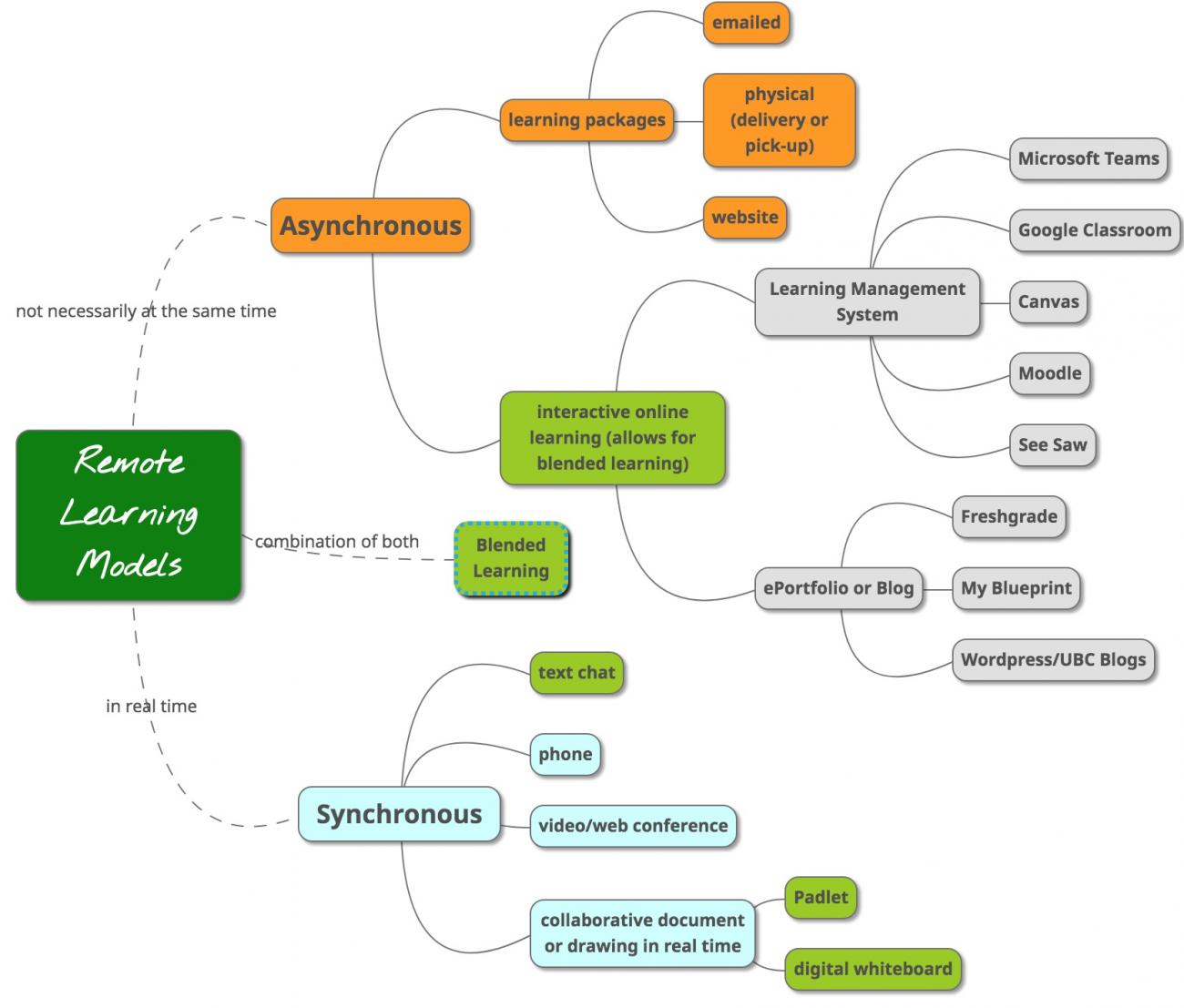Faculty of Education tackles a teaching conundrum


How do you prepare new teachers without access to a classroom?
As many faculty members know, delivering course materials in a virtual setting comes with plenty of challenges. And for those who teach UBC’s Bachelor of Education (BEd) program, the situation is particularly complex. Not only are education faculty shaping the next generation of teachers, they’re preparing them to work in classroom settings, without being able to step into classrooms themselves.
The BEd program, offered by the Faculty of Education’s Teacher Education Office, is an intensive, 11-month teacher preparation program, separated into elementary and secondary cohorts. Students not only graduate with a degree, but also meet the requirements for certification by the BC Ministry of Education. It’s a highly competitive program—and one which has never before been delivered in an online format.
Discovering and developing new ways of teaching
Meeting the pedagogical needs of this year’s cohort of student teachers has required more than a simple shift to online lessons—it has involved a complete rethink of how to effectively deliver the program. For Andrea Webb, Assistant Professor of Teaching in the Faculty of Education’s Department of Pedagogy and Curriculum, that meant weeks of testing and experimentation over the summer.
“Normally, we do a lot of scaffolding and modelling of teaching strategies and methods that are immediately applicable to classroom practice,” says Andrea. “Now, because we’re teaching remotely, much of that is no longer possible. But I’ve been able to revamp how I use my online resources, and put a lot more responsibility on the students to engage.”
Andrea notes that a lot of the work that would have been modeled or practiced in class can now be done by the students on their own, at their own pace. That has been made possible by reducing the time spent on Zoom and increasing support through one-on-one facilitation and casual drop-in sessions.
Using online tools has helped aid the learning experience
While Andrea isn’t able to be in the classroom with her student teachers, their in-school practicums are still moving forward. Depending on the school district where they’re placed, most are experiencing a mix of online and in-class teaching, under the guidance of their school sponsor teachers.
To help develop the students' in-class teaching skills, Andrea has tried a variety of approaches, including using breakout rooms during Zoom classes for modified versions of cooperative classroom activities that would take place in small groups.
“After we take part in learning activities, I debrief to make sure that the student teachers understood the mechanics of the activity,” she notes. “A big part of this includes being open about what I wanted, how I adjusted it for online, and how they would adapt for the classroom.”
Student teachers are gaining new learning experiences
While the BEd program certainly had more hurdles to overcome this year than in any other, its graduates may have also gained something extra, explains Andrea.
“They have really risen to the challenge. I think that we've done a really good job of making sure that the material is being covered, along with a variety of learning experiences and different approaches to the curriculum. Now, it's just spread across the Canvas resources and the classroom.”
“It has been challenging, but I do feel like the student teachers are where they need to be. And because of this experience, I also think that we’re going to have a great group of teachers who are actually going to be a little more empathetic and a little more human in their expectations of others.”

Andrea Webb’s top five tips for teaching and supporting students remotely
1. Adjust the pedagogy: Don’t just take your regular course and post it online. Adjust to shorter amounts of face-to-face time as a class, and more time for the students to engage with the material on their own. This means that students have to take more responsibility for their learning, and that you make time for more unscheduled interactions with them, such as via email or Zoom.
2. Be clear about expectations: A platform like Canvas needs instructors to set up straightforward and consistent interactions for students. As students have many different courses, and each one is arranged differently, make sure that they are clear on what they need to do each week (using the calendar, a weekly outline, and announcements) and how much they are responsible for on their own before they come to class.
3. Take the time to build community: At the beginning of each course, consider including a number of opportunities for break-out meetings in small, randomly assigned groups. This way students get to introduce themselves and work on something that requires cooperation.
4. Be available: This might mean having a few extra short Zoom sessions outside of class time, and spending a lot more time answering emails. But this will help your students feel more connected and supported by you.
5. Be kind and generous with the students—and yourself: Be open with students about this being a new experience for all of you, and acknowledge that there are going to be hiccups. For the most part, you’ll find the students are patient. Recording every class and posting it in Canvas can help students to engage in the material in a way that works best for them; they all have different home situations or life stresses to deal with. Be flexible, fair and more focused on the achievement of learning objectives, rather than on the minutiae of each lesson.
More information:
Find the latest news, updates, events, and useful dates from across UBC, curated for faculty and staff by Internal Communications.
Access a library of resources from multiple UBC websites, all in one place.